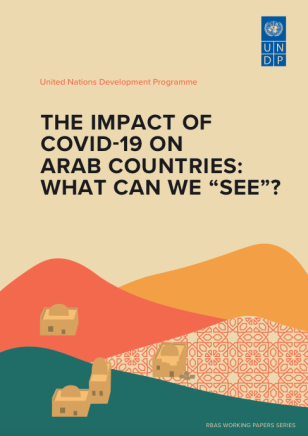The impact of COVID-19 on Arab countries: What can we "see"?

The impact of COVID-19 on Arab countries: What can we "see"?
December 28, 2021
The pervasiveness of the COVID-19 crisis has called for an immediate, multifaceted response. Although COVID-19 is not the first pandemic in human history, its disruptive nature and extremely fast transmission rate have made it unique in many ways. Countries have tackled the COVID-19 emergency with different strategies, either by simply relying on the civic sense of its citizens, or by imposing more stringent measures that range from mobility restrictions to curfews and lockdowns. Arab countries are among those that have employed precautionary measures to tackle the spread of COVID-19, acting in advance to avoid the dramatic consequences of the virus. By exploiting new and unprocessed publicly available data sets, this paper provides a real-time analysis of the economic and environmental consequences of the measures undertaken to tackle the spread of the COVID-19 pandemic. The empirical focus is on a selected group of countries in the Arab region illustrative of the sociodynamics of the area, for which the paper aims to “visualize” the regions that have been most negatively affected by the contagion containment measures in near-real time. Recently released data from NASA and the European Space Agency (ESA), namely real-time night lights (NTLs) and tropospheric nitrogen dioxide (NO2 ), are cleaned and elaborated to map the registered drop in luminosity and emissions during the COVID-19 containment period. Although the reduction in atmospheric NO2 should be regarded positively, as a significant reduction in air pollution, the similar drop registered in NTLs could be considered an alarming sign of the contemporaneous economic slowdown. An examination of correlations between NO2 , mobility trends and oil prices shows how these indicators are significantly interconnected. Finally, elasticities of gross domestic product (GDP) to NTLs are calculated to make projections of GDP loss, which are then compared with those reported by official institutions. We forecast serious economic losses for all Arab countries, generally in line with official projections. The analyses highlight the potential role of satellite data in providing useful and timely information for decision makers during crises.

 Locations
Locations